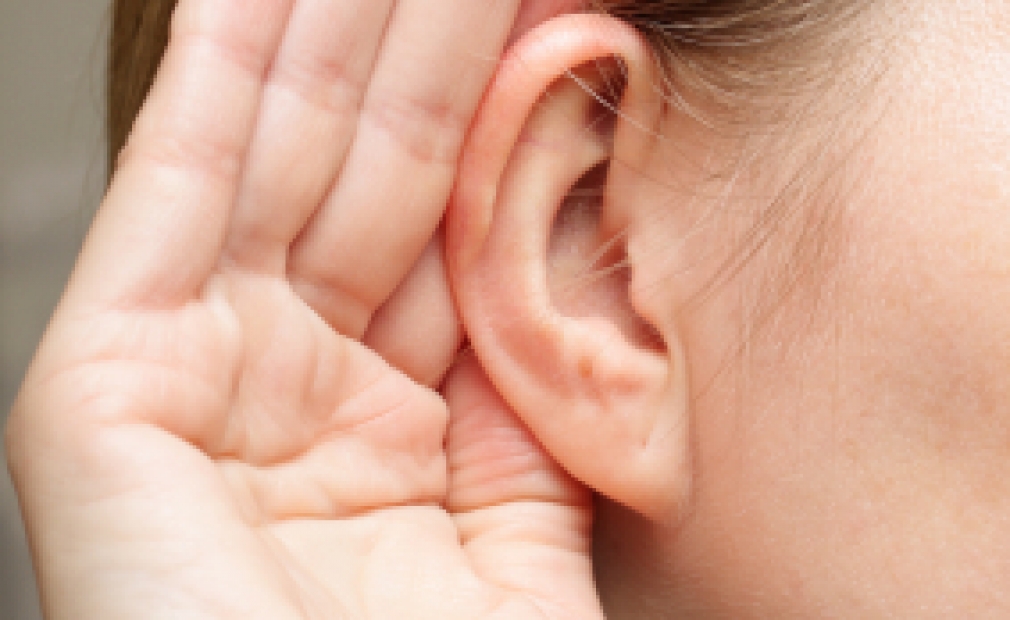


We have two ears and a brain to hear with. And for good reason.
Natural hearing
A healthy hearing system can recognise both low sounds (a double-bass or traffic) and high (a violin or the twittering of birds). In technical terms, that means frequencies between around 20 and 20,000 Hertz. What’s more, it can process very quiet sounds (the buzzing of a mosquito) and extremely loud sounds (a jet engine starting). This equates to volumes between 0 and more than 120 decibels.
Understanding speech
Our brain is particularly adept at understanding language, which it can cope with in all its various facets and in every situation. Whether we are sitting in a cafe, on the phone or in a lecture: our brain filters out a flood of irrelevant sounds to concentrate on those that we need to hear. It is thanks to this facility that we are able to focus on a single instrument in a symphony orchestra, or participate in intimate conversations in a noisy environment.
Spatial hearing
Our brain hears sounds 360 degrees around the head – at every angle around our head. Our brain can differentiate between front and back, up and down. This enables us to determine where a sound is coming from, how big a room is or whether there is an obstruction in the area.